Is there a way to set a constant width for geom_bar() in the event of missing data in the time series example below? I've tried setting width in aes() with no luck. Compare May '11 to June '11 width of bars in the plot below the code example.
colours <- c("#FF0000", "#33CC33", "#CCCCCC", "#FFA500", "#000000" )
iris$Month <- rep(seq(from=as.Date("2011-01-01"), to=as.Date("2011-10-01"), by="month"), 15)
colours <- c("#FF0000", "#33CC33", "#CCCCCC", "#FFA500", "#000000" )
iris$Month <- rep(seq(from=as.Date("2011-01-01"), to=as.Date("2011-10-01"), by="month"), 15)
d<-aggregate(iris$Sepal.Length, by=list(iris$Month, iris$Species), sum)
d$quota<-seq(from=2000, to=60000, by=2000)
colnames(d) <- c("Month", "Species", "Sepal.Width", "Quota")
d$Sepal.Width<-d$Sepal.Width * 1000
g1 <- ggplot(data=d, aes(x=Month, y=Quota, color="Quota")) + geom_line(size=1)
g1 + geom_bar(data=d[c(-1:-5),], aes(x=Month, y=Sepal.Width, width=10, group=Species, fill=Species), stat="identity", position="dodge") + scale_fill_manual(values=colours)




